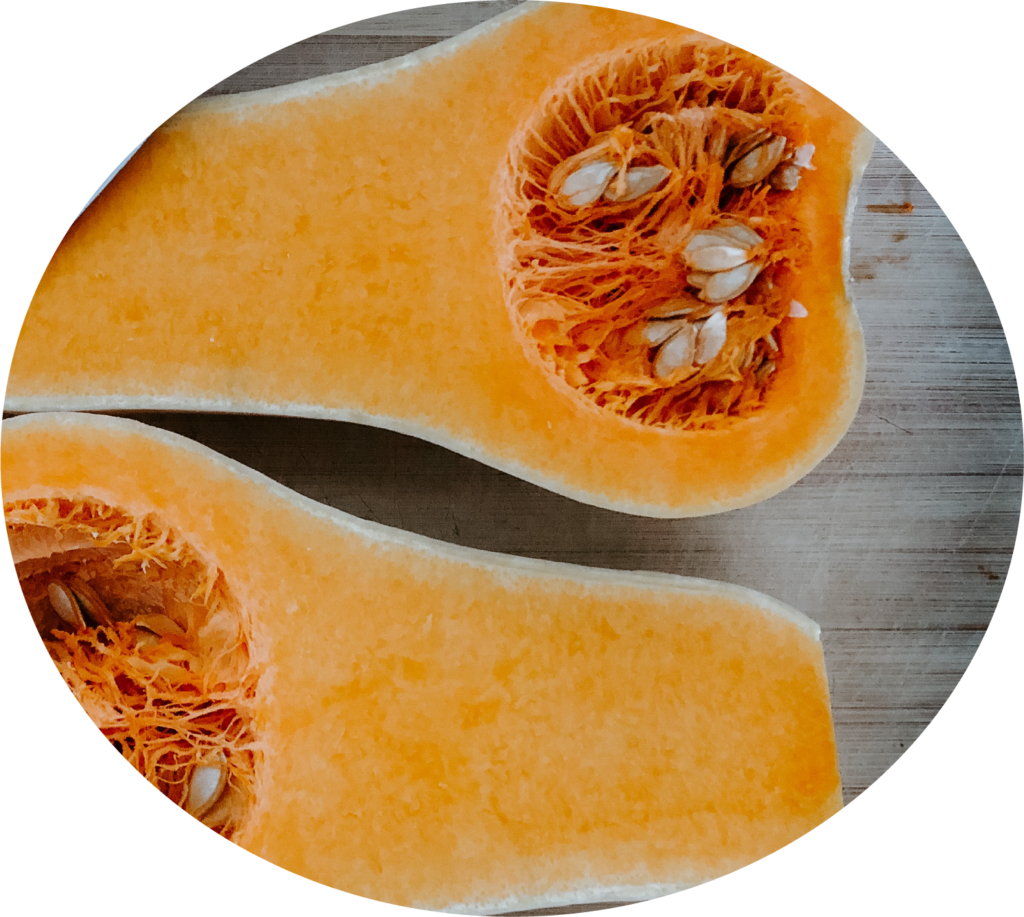Real, Whole Foods Defined
Whole foods are exactly that– whole, unadulterated ingredients like apples, blueberries, and carrots. Real, whole foods have been minimally processed or refined as little as possible and are free from artificial substances.
It’s the difference between an apple, and apple pomace, the leftover 25-30 % after an apple is milled and pressed, or the difference between whole meat proteins and rendered meat meals. The distinction is crucial when choosing the right nutritional framework for your pet.




















